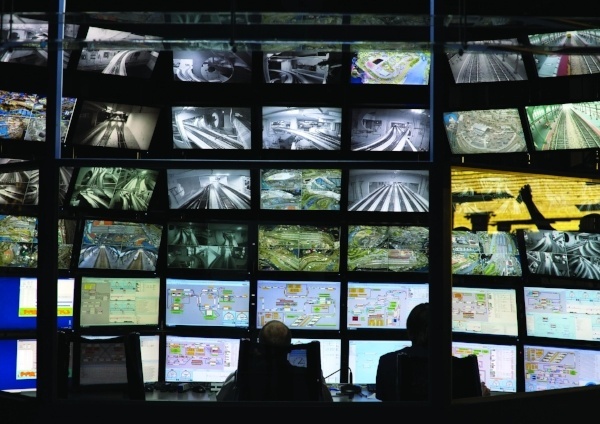3 Questions to Ask When Planning a Video Surveillance System
Implementing a reliable video surveillance solution that will meet business needs is a considerable challenge for any organization. Fortunately, expertise is available from both l...

Implementing a reliable video surveillance solution that will meet business needs is a considerable challenge for any organization.
Fortunately, expertise is available from both leading manufacturers and experienced integrators to make this process easier and to increase the likelihood that the resulting system will meet expectations.
As is the case with most large, complex projects, establishing clear objectives and gathering the answers to key questions at the start of the job will make the difference between a successful and effective solution, and an expensive, disappointing one.
To help integrators ensure success with their project, Pelco released a new whitepaper: Planning a World Class Video Surveillance System.
Their latest whitepaper will help clarify several basic questions that must be considered before any planning begins. The answers will establish the scope of the system needed and its level of video detail, the level of automation and staffing, and the operating environmental conditions.
These questions are so important, and so basic, that some people may be tempted to assume the answers are known to all, and agreed by all – but this is almost never the case. Pelco's whitepaper delves into these questions – and many more – which will enable customers to build agreement within their organization. This will pay generous dividends later in the project.
Here are a few basic questions we recommend before doing any planning.
1. What are the operational goals of the surveillance system?
Designing any system involves many decisions and tradeoffs, and the first goal must be to understand what the system is intended to do. This is not as obvious as might be anticipated by many lay people, and the answers may be interrelated in unexpected ways.
2. How will the system be staffed?
It is important to understand at the start of the project whether the surveillance system will be monitored at all times, at some times, or not at all. The answers here will raise numerous important issues relating to camera control and analytics.
3. What are the environmental conditions?
Conditions such as extreme heat, cold, humidity, corrosion, and high dust levels will play a part in determining what equipment can be considered for the installation. Other environmental factors also can play an important role, such as ambient light levels, the availability and reliability of existing power and network infrastructure, and more.
Based on the answers to these questions and discussion points, system designers can determine the range of possible equipment choices and start to flesh out a basic plan with some tentative early decisions.












